
An ecosystem is a community of organisms that interact with each other and their environment. A salt marsh is a coastal wetland ecosystem. Salt marshes are areas flooded with saltwater through tidal actions. These wetlands filter pollutants from water and can protect coastlines from storm surges and erosion. Salt marshes are among the most productive ecosystems, sometimes exceeding tropical rainforests in biomass production per area. Biomass aids in capturing and storing carbon dioxide (CO2) from the atmosphere and can help mitigate climate change.
Unlike many natural salt marshes, the Windsor Salt Marsh is a result of human intervention from Highway 101 causeway construction across the Avon River. The causeway restricted the natural tidal flow of the river, leading to sediment accumulation on the upstream side. Over the following decades, this accumulated sediment was colonized by salt-tolerant vegetation, transforming the area into a productive salt marsh ecosystem. It has become a vital habitat contributing to local and regional biodiversity.
Tides
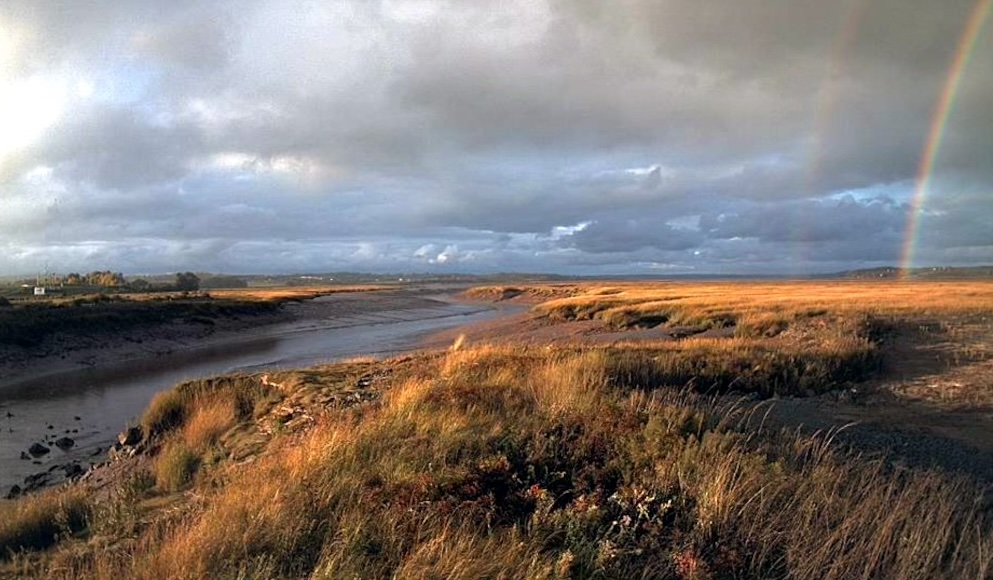
Low tide
|
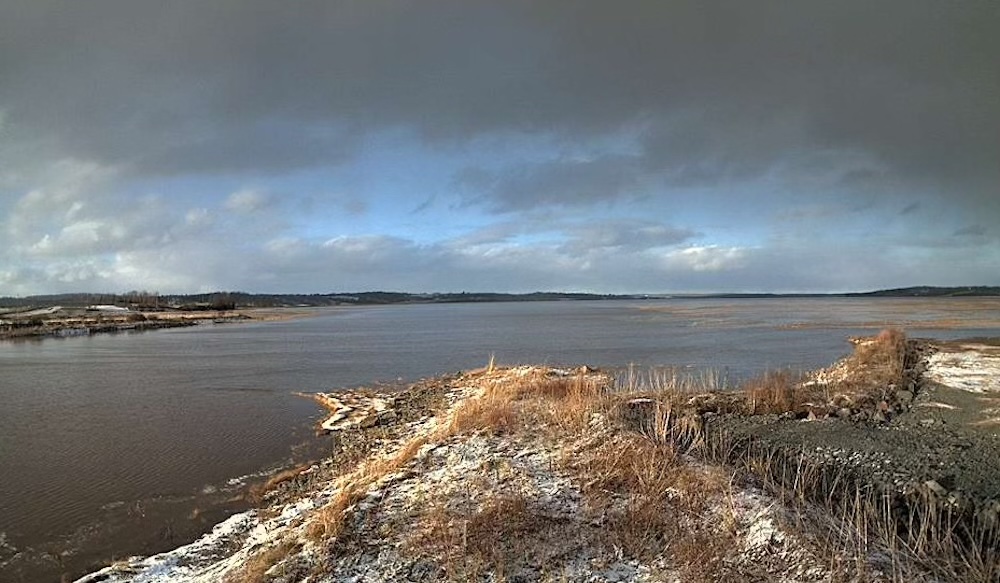
High tide
|
Seasons
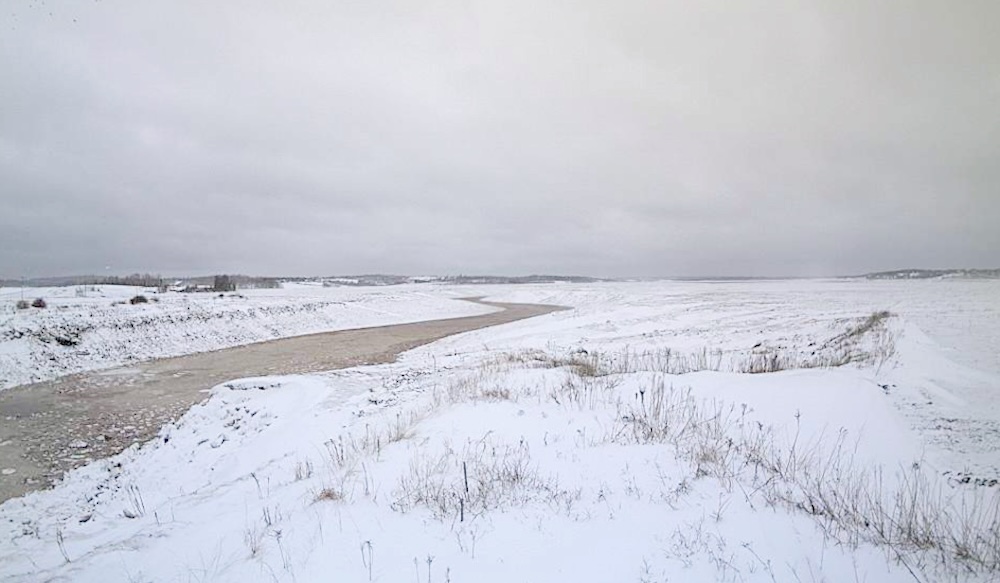
Winter
|
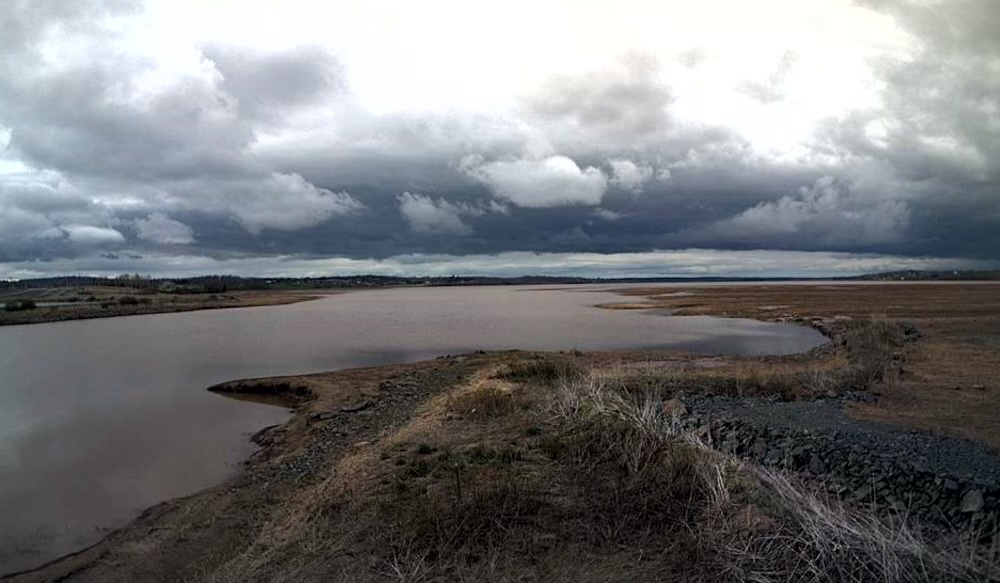
Spring
|
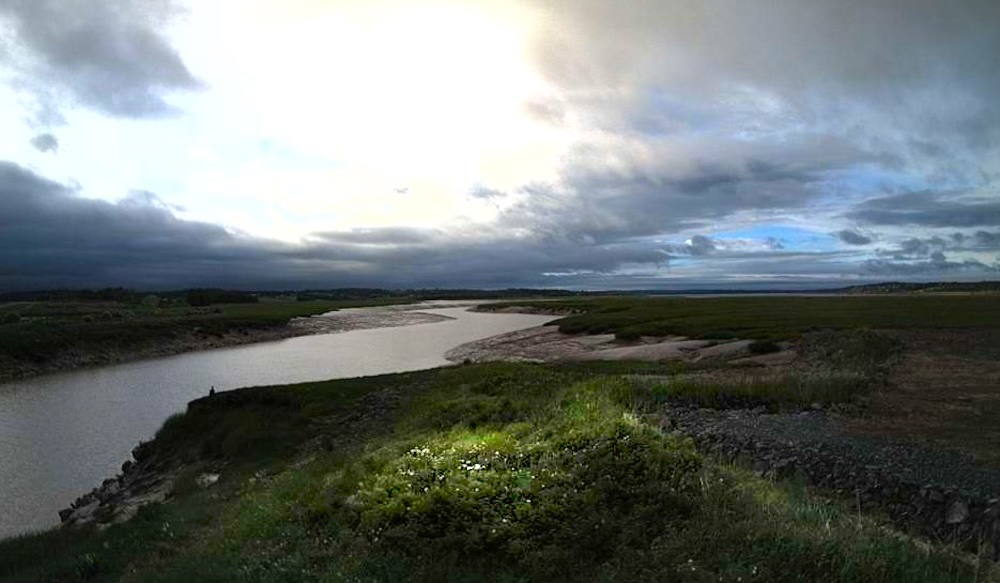
Summer
|
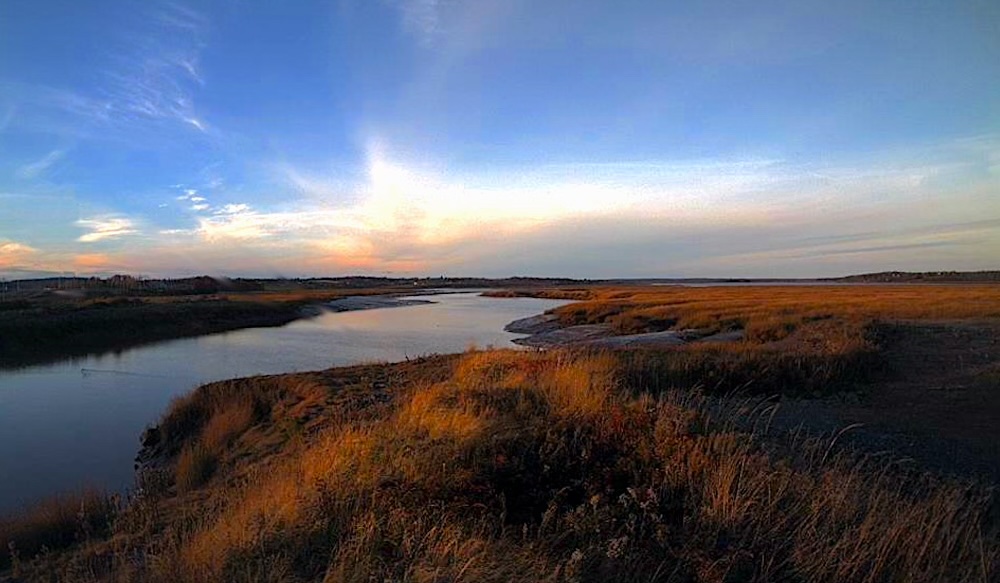
Fall
|
The Windsor Salt Marsh is a compelling example of social-ecological resilience. Social-ecological resilience is the ability of interconnected human and natural systems to deal with disturbances, adapt to change, and even transform in ways that keep essential functions while supporting human well-being. The causeway construction was a human disturbance to the natural existing river system. Yet, the system did not collapse. Rather, a new and different ecosystem developed as a salt marsh. The social aspect of resilience comes into play with how we manage this "accidental" ecosystem. The Windsor Salt Marsh might have been seen as simply a change in the landscape. But, now, as its ecological value becomes clearer, its long-term social-ecological resilience will depend on understanding its unique characteristics, the services it provides, and how we support it.
All images, unless otherwise indicated, were sourced from Nova Scotia Webcams, https://www.novascotiawebcams.com/ using the site's screen capture tool.
How much or how little were the these images edited from their original state? See both original and edited images.
